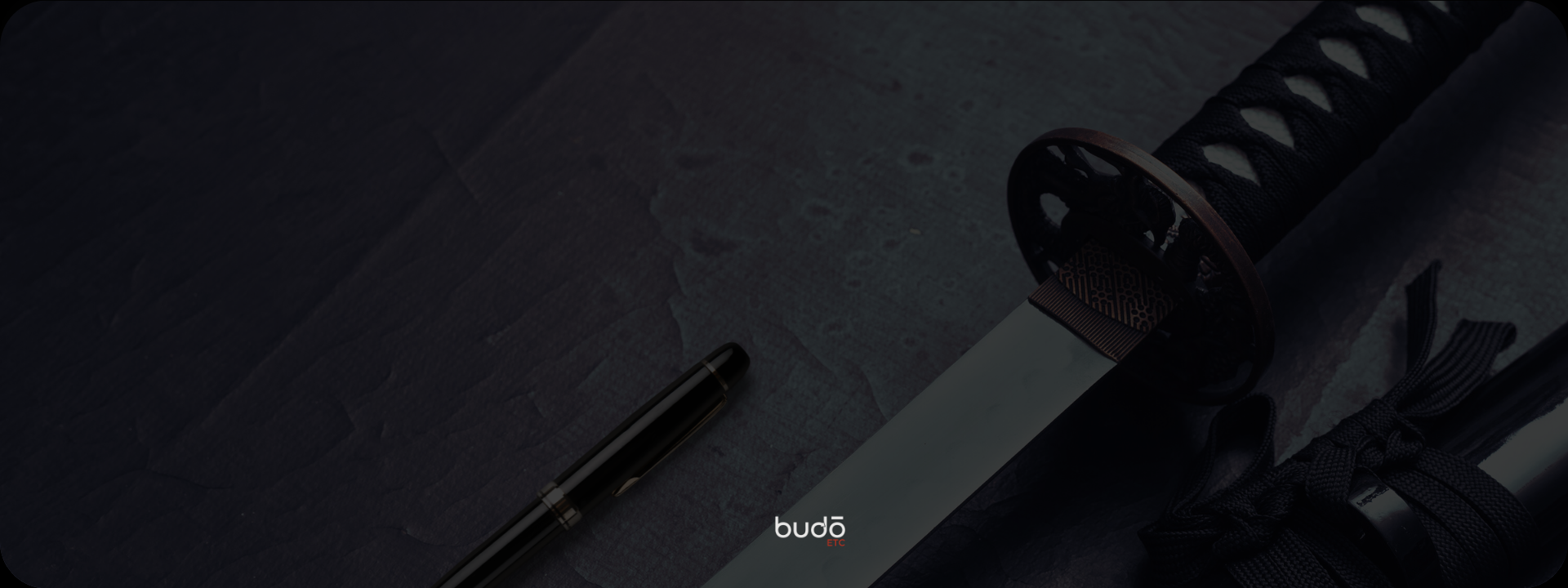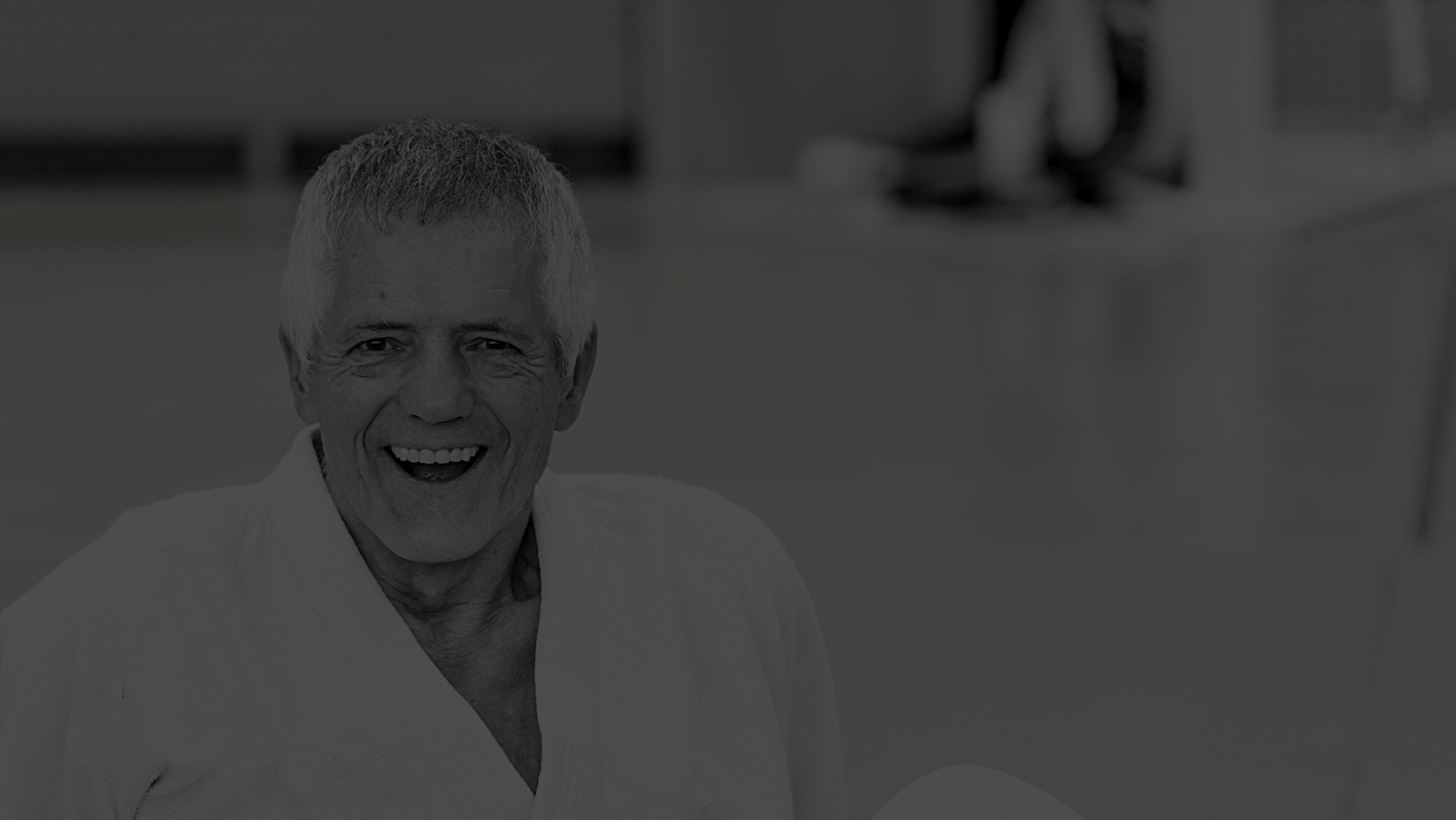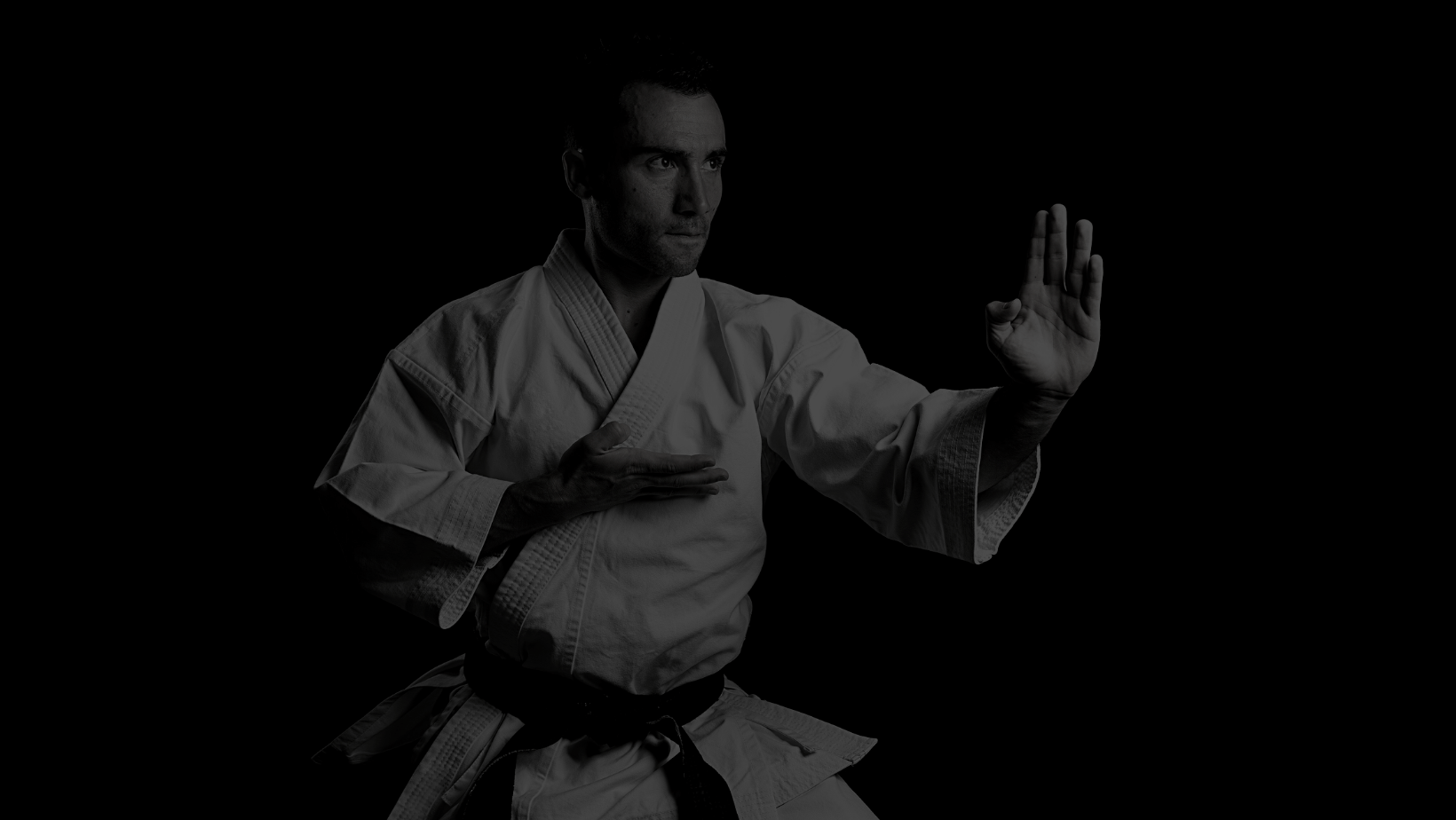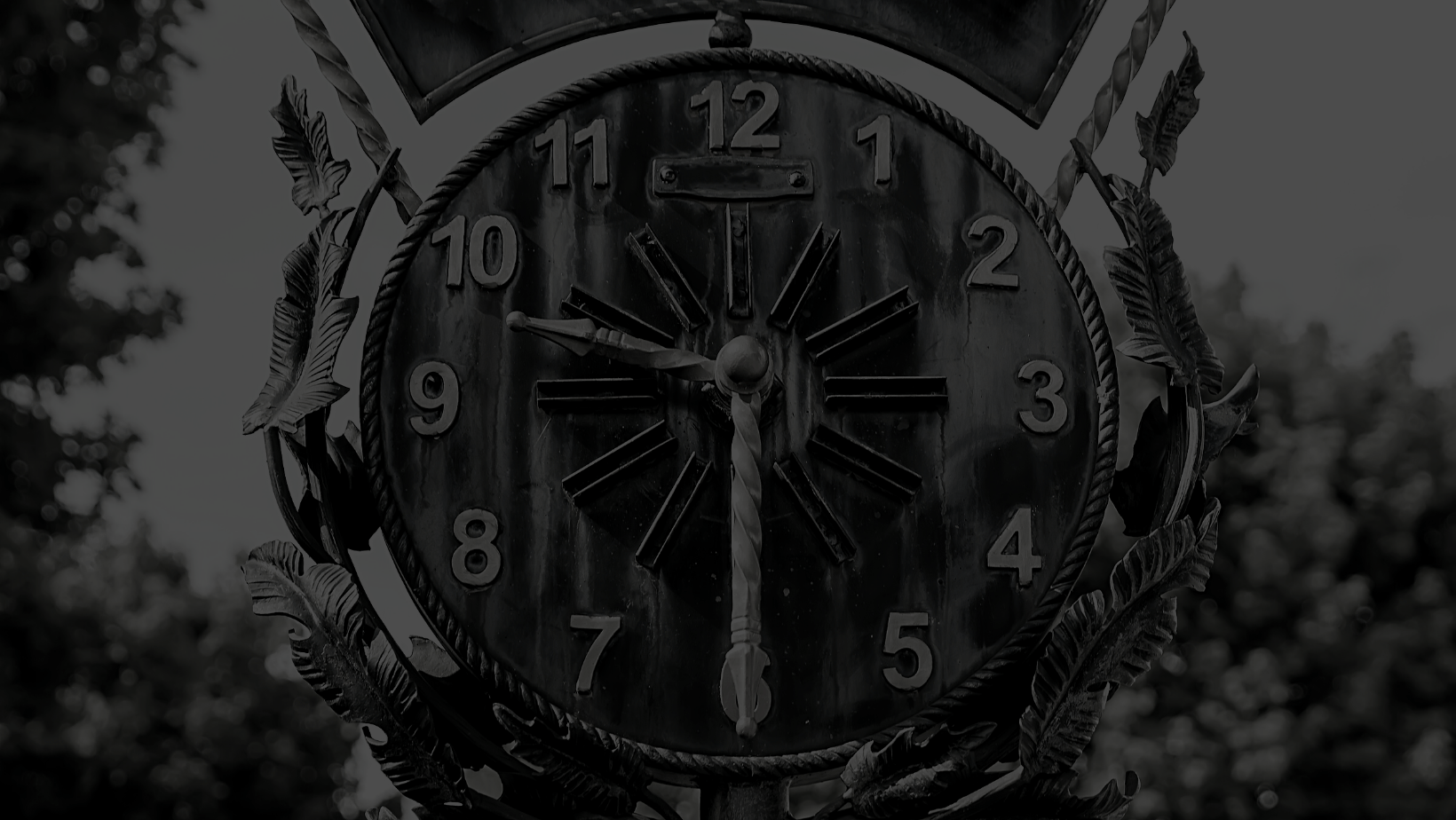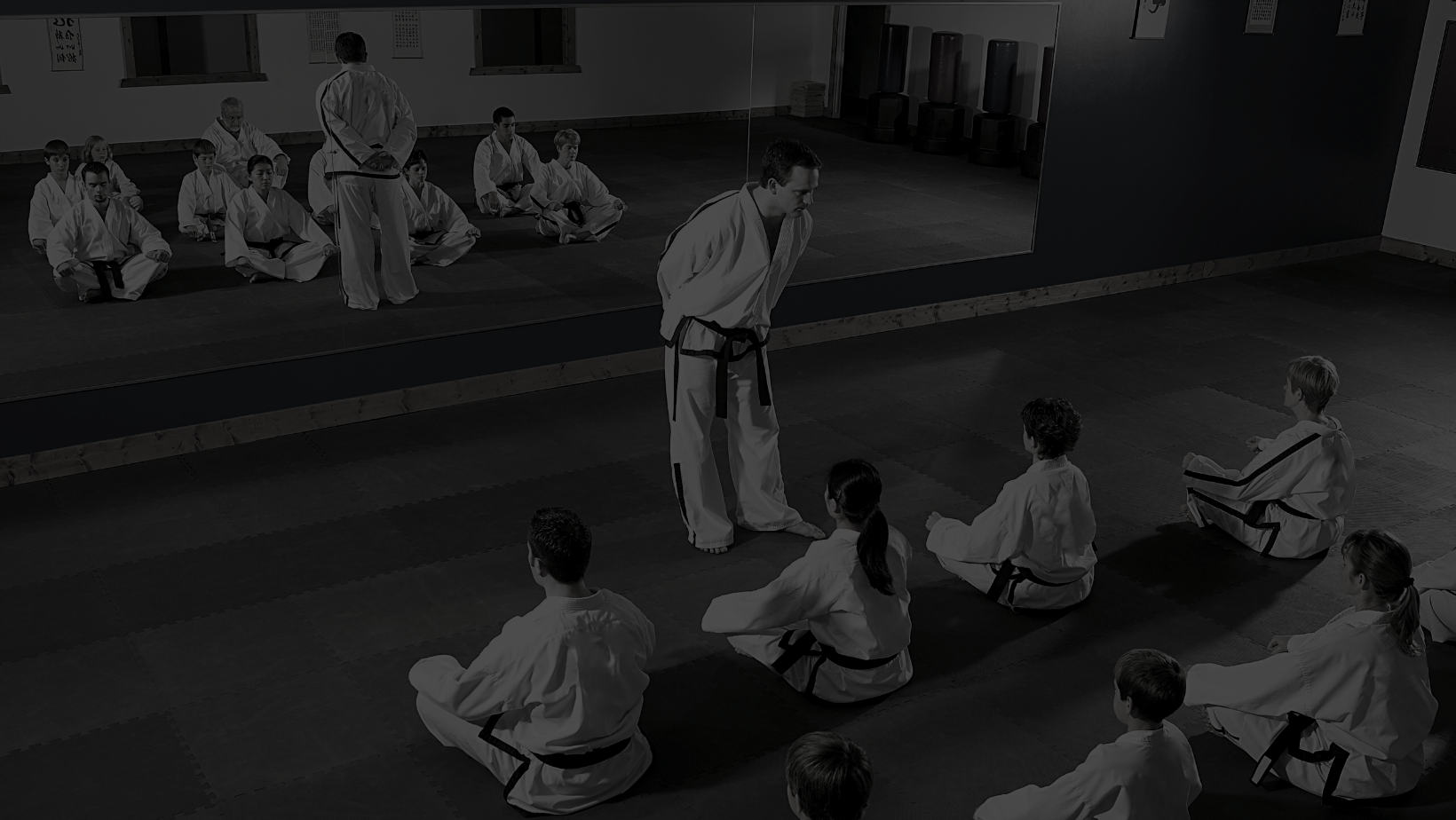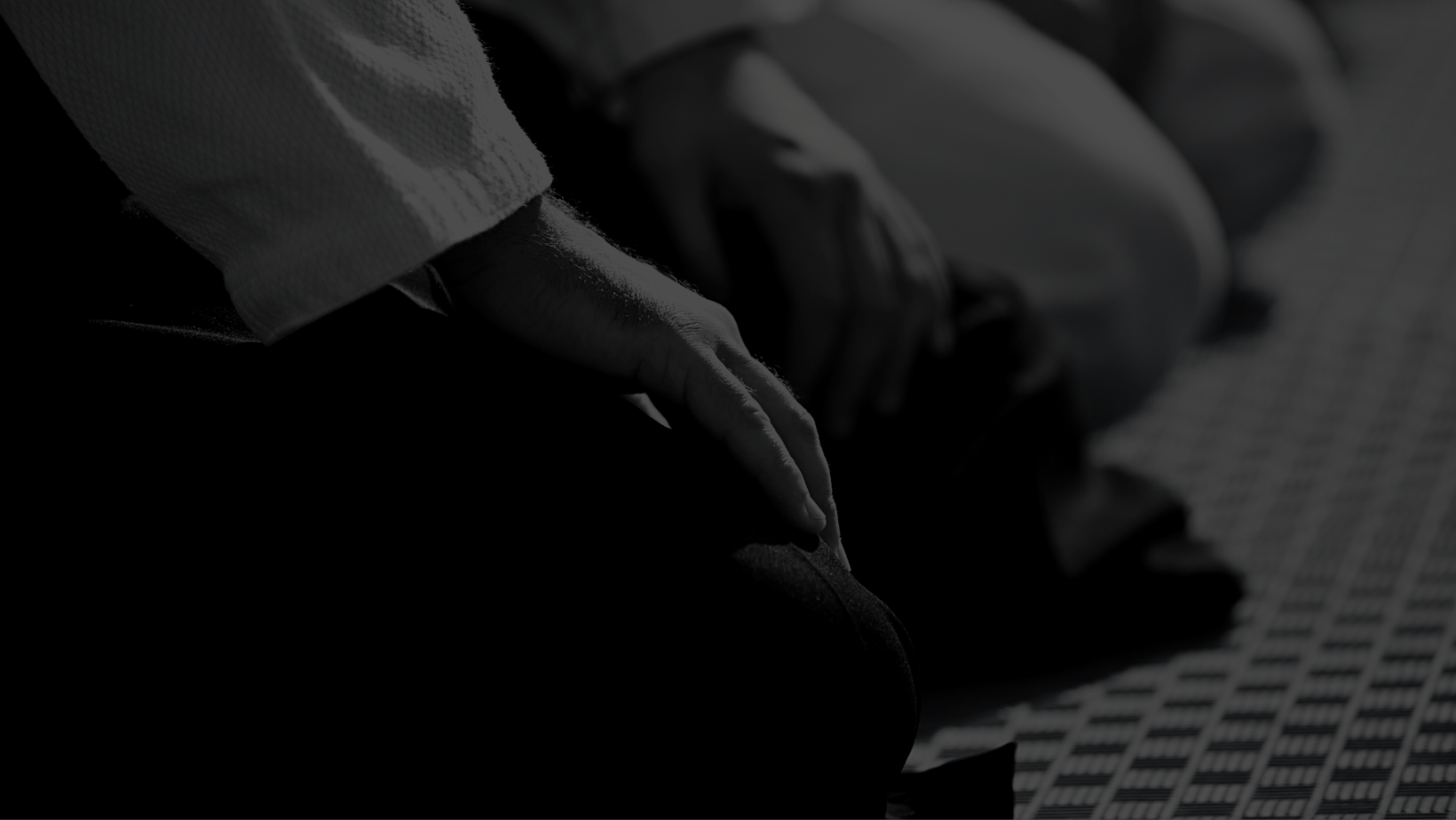When Ganbatte (頑張って) isn’t enough
How to get out of a training slump
#budotraining #studentinsights #wellbeing
We’ve all been there. For no identifiable reason, training motivation is waning and you’re looking for reasons (excuses) not to get on with it… When you’re feeling like this, it isn’t that it can be difficult to get yourself moving to train but, when you do, focus can be lost.
The less motivated you are, and the less energy you feel able to put towards training, the less you will do and, therefore, the worse you will feel. Before long you find yourself in a slump and the cycle then starts to perpetuate.
The traditional Japanese encouragement: Ganbatte (頑張って), meaning “do your best”, “keep going”, or “don’t give up”, is often enough, but sometimes a few supplementary strategies to get your mojo back can help. Here are some ideas:
Break the cycle by doing something different, but still related.
Taking a complete break is often counter-productive as it puts too much distance (and therefore an even greater hill to climb to return to form) between you and productive training again. Instead, find something associated with your particular form of Budo and focus on that for a while. It could be a little personal research and reading or, say, listening to a related podcast.
Have a change of scenery.
Sometimes it can simply be routine that makes us feel flat. Take the chance for a change of pace or location. If your Budo practice is normally indoors, then go outside. If your training is normally technically focused, relax it a little and do something energetic and fitness based. Just mix it up.
Don’t put yourself under pressure
Unless you are preparing for a) a competition or match (if your art is sports oriented) or, b) war in historical feudal Japan (unlikely in most cases), then give yourself a break.
Your Budo – in fact any Budo - should be enjoyable and rewarding and, if it is not, then you can’t force it to be so. Don’t beat yourself up for not being 100% in the moment. Do some meditation or breathwork (which is training through back door channels anyway) and use the time to get some context back.
Finally, when you’ve recalibrated and decide to get back on the training wheel, consider a “phased return”. This is something that we see in the world of work all the time following, say, illness or a prolonged period of absence and there is no reason why the same approach won’t work in terms of martial arts training. Don’t assume that you need to jump back into your previous routine and re-introduce the frequency (and intensity) at same rate. Start by alternating between things you are good at (for example a kata that you know well) and more complex things, in order to keep a good amount of variety.

